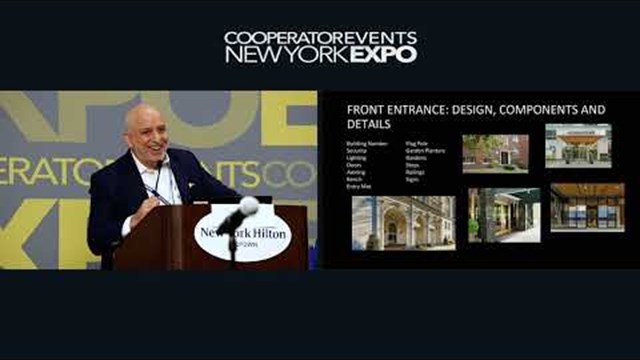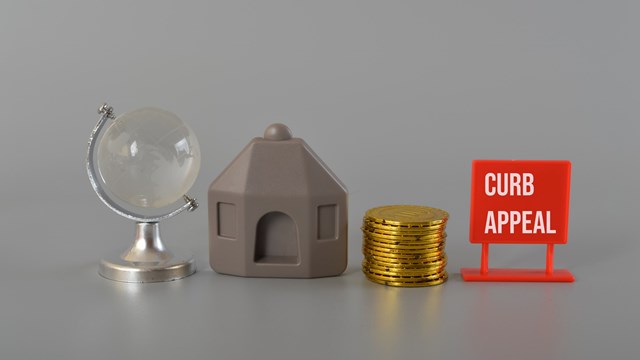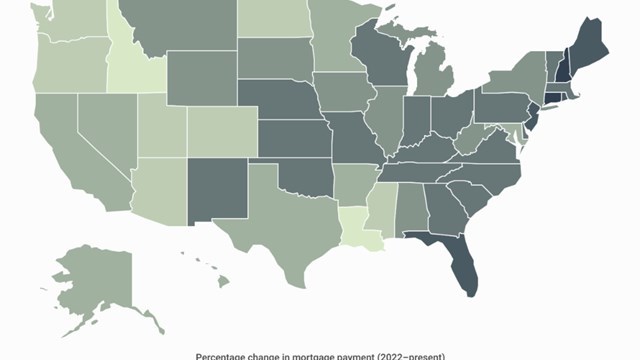
How many times have you seen a property that’s a mess and visually unappealing with so much furniture and furnishings that it is impossible to see anything? There are cracks that need spackling, walls that need cleaning, and floors that should be polished. The lighting is dreary and the color questionable. There’s plenty of clutter, but no warmth, and perhaps, even a strange smell.
More often than not, potential buyers/investors will be turned off by a property that looks like this. If you ask them what they remember about it, they are uncertain. Too many colors, furniture and possessions make it difficult for people to concentrate on the property. Our eyes tire very quickly; the more we see in a room, the less we can process—it’s called stimulus overload. When there is too much to see, we don’t see anything.
Selling or buying a property is possibly one of the biggest investments anyone could make. How the property is presented and perceived should be given as much importance and consideration as any consumer product on the market.
No matter what is happening to the real estate market, when you want to sell your home, there are two simple rules to follow to assure a quick sale: price it well, and make it look amazing. Whatever the asking price, its appearance needs to be flawless.
One of the costliest mistakes made by home sellers, and even inexperienced real estate agents, is to ignore the visual psychology involved in gaining a buyer’s immediate attention. Potential buyers become interested in a property when they walk in and feel, “I could live here.” They imagine it as their home.
In order to gain an edge in today’s real estate market when buyers/investors have so many options, a property must be priced right and look better than the competition. One of the best, proven methods to faster sales is a process known as “staging.” It is not a new concept for showing a home, but is relatively new to the New York brokerage community. The term originated in California about 15 years ago by Barbara Schwarz. She realized by prepping a home for sale, it sold faster and frequently for more than the asking price.
Staging uses design and conceptualization techniques. The objective is to have potential buyers walk in and envision the property as their home. They can see themselves living and entertaining there. It’s all about creating a space that makes buyers connect emotionally to it. They should feel as if they were the owner, not a guest. As a seller, In order to do this effectively, you need to make your house as impersonal and attractive as possible to stimulate the buyer’s visual acuity.
An initial discussion of the seller and the stager is important in order to review the property’s weak and strong points, what changes need to be made, how much time it will take, and what else is needed to stage it. Besides the basic cleaning and repairing, Staging has five basic elements: De-clutter, Pare down, Position furniture, Color, Lighting.
Home staging is effective because it emphasizes a property’s strengths and minimizes its weak points. It allows your home to be shown at its maximum potential. Presenting a well-cared for home and creating a property that gives a positive first impression. It attracts the attention and admiration of prospective buyers, and encourages them to consider how your property fits their requirements.
A 2007 survey of Accredited Staging Professionals by the training company StagedHomes found that 94 percent of staged homes sold on average in one month or less and spent 80 percent less time on the market than those that were not staged.
Home Staging is a smart investment and a cost-effective marketing tool for the broker. It can be a deal-maker and sell a property for the best price in the shortest amount of time.
Barbara Brock is president of A Proper Place, a Manhattan-based home staging, decorating and professional organizing company.









Leave a Comment